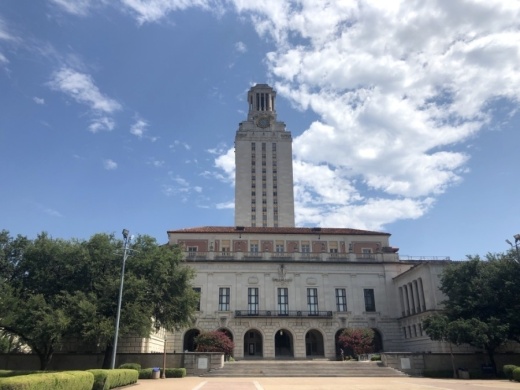In the most pessimistic of its 18 scenarios, the variant could spur the “largest health care surge to date, unless measures are taken to slow spread." The wave would peak Feb. 3, 2022, with cases reaching 2.2 times, hospital admissions 1.8 times and deaths 1.2 times higher than the surge in January 2021.
The consortium also looked at an optimistic possibility where omicron is 50% more transmissible than the delta variant, but much less likely to evade immunity. In that scenario, the wave would peak Jan. 18, 2022, with cases reaching 0.92 times, hospital admissions 0.57 times and deaths 0.46 times the level of the surge in January 2021.
It also discussed the potential positive effect of an increase in booster shots. The analysis used a baseline assumption that 57% of previously vaccinated people would receive a booster shot by March 1, 2022.
However, if that number reaches 80%, then it could result in significantly improved health care outcomes. For example, in the most pessimistic scenario, the uptick in booster shots would lead to reductions of an expected 1.3 million cases, 168,000 hospitalizations and 39,000 deaths.
The report noted that there is still much to learn about the variant, and the consortium would adjust its model as more information becomes available.
“As of Dec. 15, 2021, many of omicron’s epidemiological characteristics remain uncertain, including its intrinsic transmissibility, ability to evade vaccine-acquired and infection-acquired immunity, and severity,” the report stated.
Earlier in the week, the University of Texas at Austin Health Services notified Austin Public Health of three preliminary positive tests for the omicron variant, according to a Dec. 13 news release. APH officials have continued to stress the importance of getting vaccinated and boosted, and wearing masks as a defense against the new variant.





